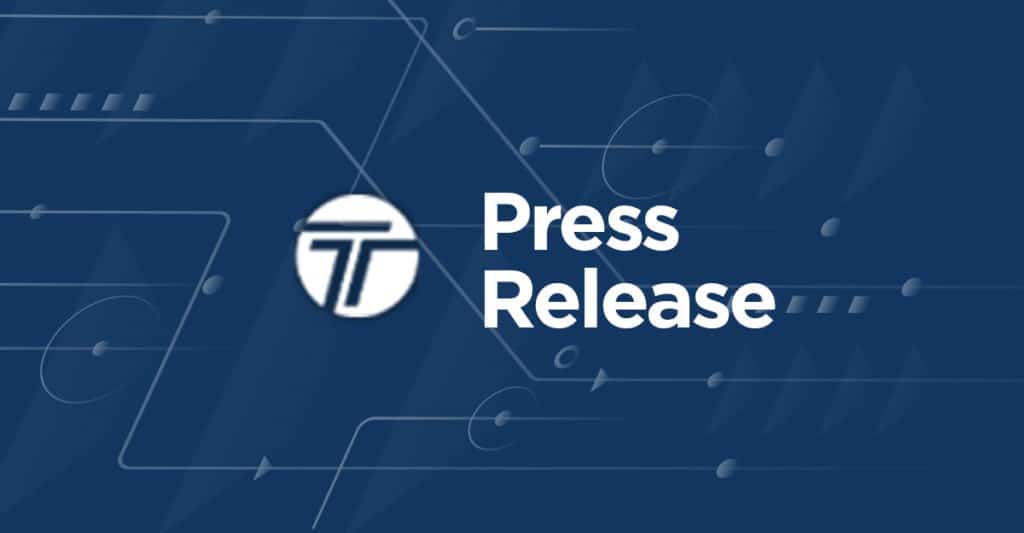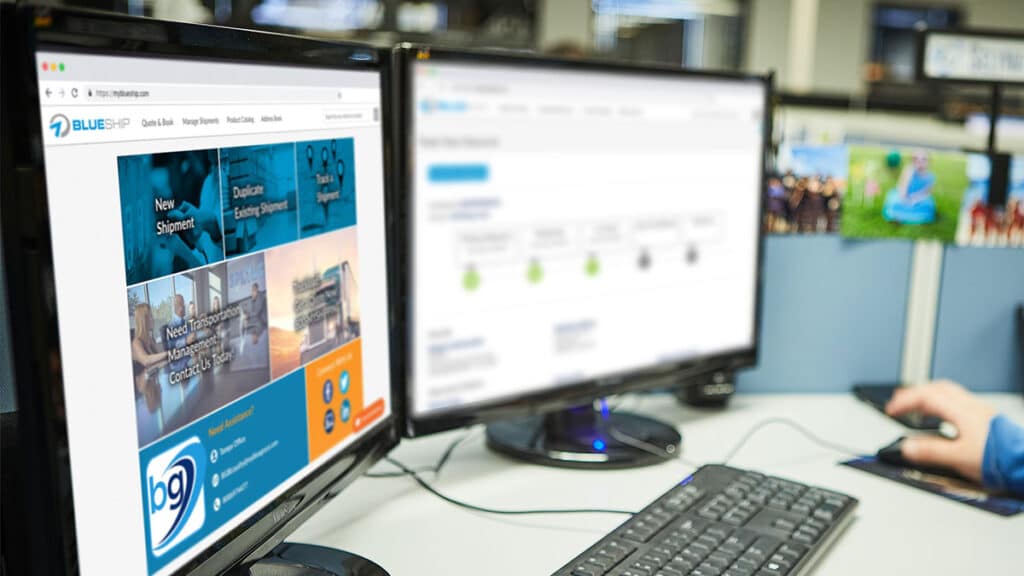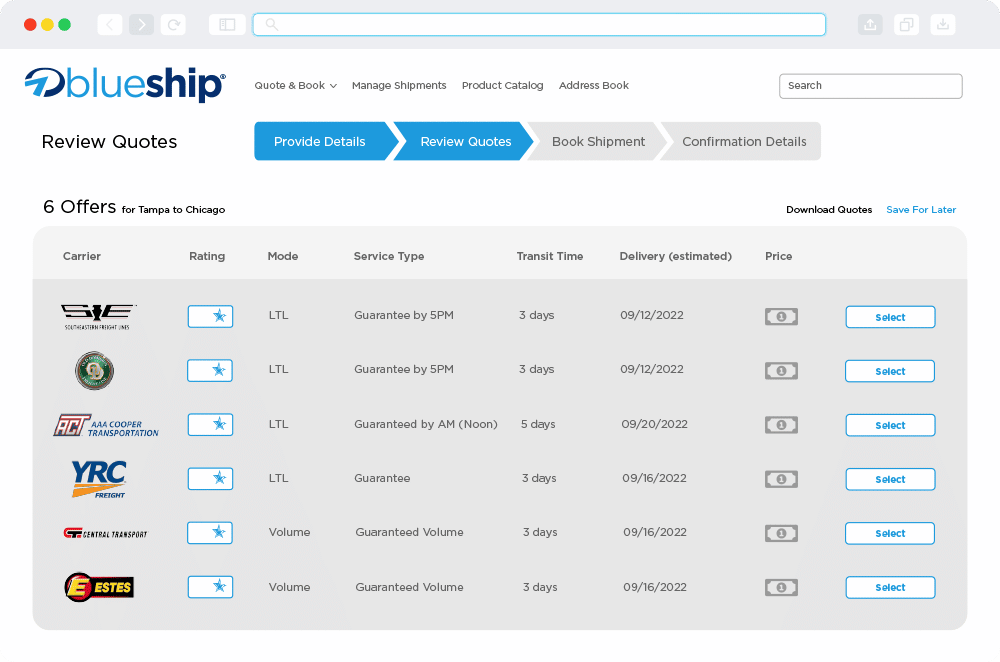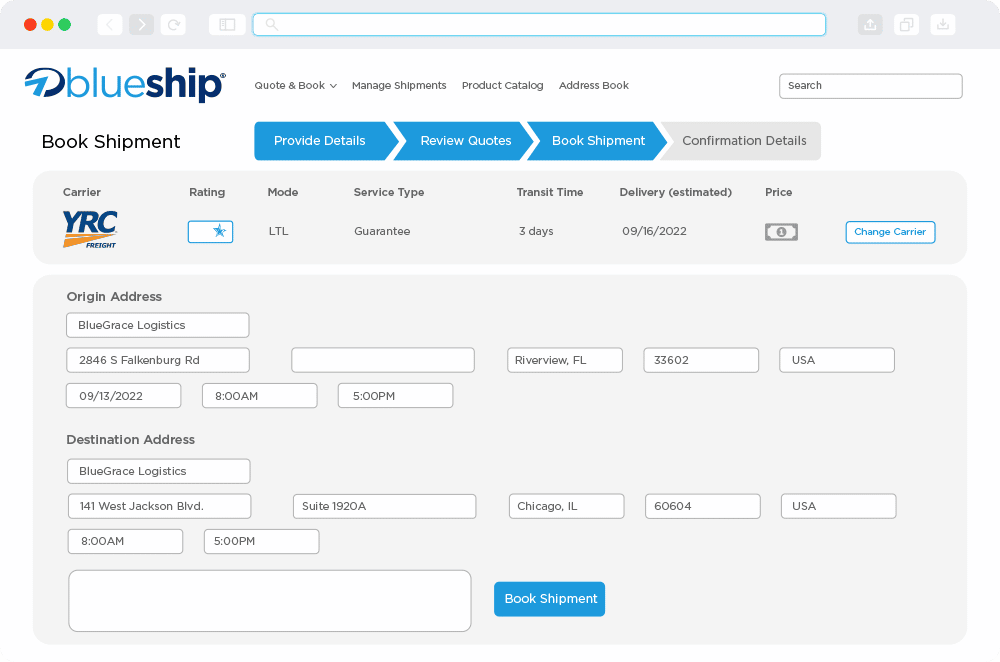
How to Improve Your Supply Chain Visibility in 2024

As we step into 2024, excelling in logistics requires more than just knowledge; it demands a keen focus on the critical component that holds the entire operation together – supply chain visibility. In 2023, only 6% of businesses claim to have complete supply chain visibility, highlighting the challenges that many still face in this landscape.
For logistics professionals like yourself, navigating the intricacies of this field isn’t just a goal; it’s a necessity. Imagine having the expertise not only to trace but to fully comprehend the twists and turns of your operations. That’s what supply chain visibility is all about – the power to track, analyze, and optimize the movement of goods from point A to point B.
This blog is your tailored guide, cutting through unnecessary complexity and diving straight into the practical strategies and tech trends that will shape your logistics journey this year. So, let’s roll up our sleeves and get down to the essentials of boosting your supply chain visibility in 2024.
What is Supply Chain Visibility?
Get Your Free Supply Chain Analysis!
Now, let’s break it down in more detail. Supply chain visibility is the clear and detailed view of how your products navigate the entire supply chain—a real-time tracking system offering insights into the location and activities of each product.
This visibility extends to both the internal movements within your facilities and their external journey across the supply chain. Summing up, it’s about staying consistently informed about your products’ locations and taking control over the logistics process.
For a seasoned professional, this means overseeing the entire product lifecycle – from supplier origin to consumer destination. It’s not just about knowing where things are at a given moment, but maintaining a constant, real-time awareness of goods in motion—both within and beyond your facilities. Think of it as a logistics GPS, it maps out its entire route, showing you every step along the way.
Technological Enablers of Supply Chain Visibility
Now that we have a clear grasp of what supply chain visibility entails, let’s explore the technological powerhouses that make it all possible. From a sophisticated TMS to the comprehensive functionalities of a Control Tower, these technologies quietly orchestrate a transparent and efficient supply chain.
Transportation Management System (TMS):
At the forefront of operations, a TMS is your go-to solution for optimizing the movement of goods. It orchestrates the entire transportation process, providing real-time visibility into shipments, routes, and delivery timelines. So, imagine having a command center that not only streamlines operations but provides decision-makers with the insights needed to enhance overall supply chain visibility.
Tracking Systems:
At the heart of supply chain visibility lies tracking systems that provide granular insights into the real-time location and status of your products. Employing technologies like GPS, RFID, or sensor-based solutions, these systems go beyond mere point-to-point tracking; they offer a dynamic map of your goods’ journey, ensuring that you are in constant control.
Control Towers:
Supply Chain Control Towers act as a centralized hub for monitoring and managing the entire supply chain. Generally, they integrate data from various sources, like TMS and tracking systems, to provide a unified and real-time view of logistics operations. Control towers empower professionals to detect issues promptly, make informed decisions, and proactively respond to changes, contributing to heightened visibility and operational efficiency.
Integrations:
The magic truly happens when these systems seamlessly integrate. A well-integrated technological ecosystem ensures that data flows effortlessly between ERP, TMS, tracking systems, control towers and any other tools. Overall, this interconnected approach eliminates silos, presenting a unified view of your operations. Then, collaboration is enhanced, and the effectiveness of each technology is amplified, providing end-to-end supply chain visibility.
With a solid grasp of what technologies come into play, it’s time to translate those insights into action. Despite the powerful tools we’ve uncovered, challenges can still persist. Fear not, as we’ll navigate through strategies to overcome them, equipping you with actionable steps to not just maintain a visible supply chain but also build resilience in your operations.
Proactive Strategies for a More Visible Supply Chain
Navigating the complexities of the supply chain can feel like a constant challenge, with unseen issues affecting your business efficiency. These strategies are more than tools—they’re practical solutions crafted to tackle real-world challenges head-on. As we explore these strategies, imagine a proactive approach that not only improves visibility but also acts as a strategic defense against disruptions, delays, and inefficiencies in your supply chain.
#1 – Process Mapping for Clarity:
- Strategy: Begin by mapping out your entire supply chain process. Identify key touchpoints, stakeholders, and potential bottlenecks. Altogether, visualizing the workflow provides a clear understanding of the entire journey, making it easier to pinpoint areas for improvement.
- Benefits: Enhanced clarity, streamlined processes, and the ability to identify and eliminate inefficiencies.
- Challenges: Initial time investment in mapping processes, potential resistance to change from established practices.
#2 – Data Collection and Analysis:
- Strategy: Secondly, implement robust data collection methods at every stage of your supply chain. Analyze this data regularly to identify patterns, predict trends, and optimize processes. The more comprehensive your data, the better equipped you are to make informed decisions and proactively address issues.
- Benefits: Informed decision-making, predictive insights, and continuous process optimization.
- Challenges: Data accuracy and quality, the need for advanced analytics capabilities, and potential data security concerns.
#3 – Utilize Predictive Analytics:
- Strategy: Embrace predictive analytics to foresee potential disruptions. Leverage historical data to build models that can anticipate demand fluctuations, supplier delays, or transportation issues. As a result, predictive analytics empower you to take preemptive actions, reducing the impact of unforeseen events.
- Tools: Elevate your predictive analytics with tools like the BlueGrace Logistics Confidence Index. This resource assesses logistics landscape changes, offering insights through revenue forecasts, inventory levels, and order volumes. Advanced predictive models within the LCI help businesses gain a comprehensive view of their supply chain, guiding informed decisions for long-term success.
- Benefits: Anticipation of disruptions, improved risk management, and better strategic planning.
- Challenges: Building accurate predictive models, ongoing refinement, and potential resistance to adopting new forecasting methods.
#4 – Streamline Documentation Processes:
- Strategy: Now, simplify and digitize your documentation processes. Implement electronic documentation systems to reduce paperwork, enhance traceability, and ensure quick access to critical information. Streamlining documentation facilitates a seamless flow of data, contributing to improved supply chain visibility and more efficient decision-making.
- Benefits: Reduced administrative overhead, faster information retrieval, and enhanced transparency in documentation.
- Challenges: Initial transition to electronic documentation, potential resistance to digital processes, and the need for training.
#5 – Implement Cross-Functional Collaboration:
- Strategy: Break down silos by fostering collaboration between different departments within your organization. A cross-functional approach ensures that information flows seamlessly between teams, enhancing overall visibility. For example, involve your finance team in supply chain discussions to align financial goals with logistics strategies.
- Benefits: Improved alignment of organizational goals and the ability to address challenges from a holistic perspective.
- Challenges: Establishing effective cross-functional collaboration, potential resistance to interdepartmental communication, and the need for change management.
Leaning on Supply Chain Visibility Partners
Now that we’ve unraveled the proactive strategies for a more visible supply chain, let’s explore how these strategies seamlessly integrate into a partnership with a third-party logistics (3PL) provider like BlueGrace. Leveraging the power of these strategies in tandem with a robust logistics partner amplifies their impact, offering a dynamic approach to supply chain visibility.
Streamlining with a 3PL:
- Integration: Engaging with a 3PL provider allows for the seamless integration of you company’s strategy. From process mapping to predictive analytics, a 3PL serves as a conduit for these strategies, ensuring they are implemented effectively and yield optimal results.
- Access to Advanced Technology: 3PLs often leverage cutting-edge technologies, like BlueShip TMS. This technology acts as a force multiplier for the strategies employed, providing an even deeper level of real-time visibility and control.
Case Study: BlueGrace and INX
For instance, consider a company that partnered with BlueGrace for Managed Logistics services. Through this collaboration, the company gained access to real-time data, offering unparalleled visibility and control over their supply chain and transportation processes. With up-to-the-minute insights at their fingertips, they could anticipate challenges and opportunities, making informed decisions to stay ahead of the curve.
This case study exemplifies the tangible benefits of aligning with a partner who understands the importance of visibility, possessing the expertise and technology to turn strategies into actionable results. Additionally, by leaning on a supply chain visibility partner like BlueGrace, companies can fortify their logistics operations, ensuring their strategy becomes an integral part of a well-orchestrated and responsive supply chain.
Ready to elevate your supply chain visibility in 2024? Speak with a BlueGrace expert and get a free supply chain analysis today!




